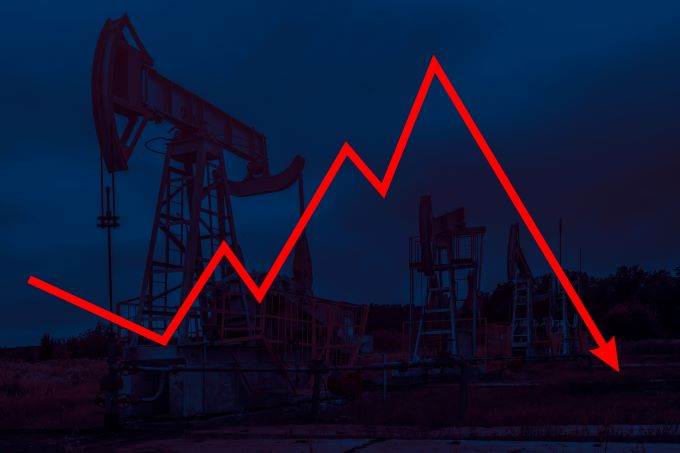 U.S. crude oil futures dipped into negative territory for the first time in history on Monday afternoon. The move was prompted by a supply glut caused by the coronavirus lockdowns which have paused air travel, manufacturing, and commerce (among other industries), causing a severe reduction in demand. Futures ended Monday’s trading at -$37.63 per barrel as traders paid to get rid of oil as global supply facilities neared capacity.
U.S. crude oil futures dipped into negative territory for the first time in history on Monday afternoon. The move was prompted by a supply glut caused by the coronavirus lockdowns which have paused air travel, manufacturing, and commerce (among other industries), causing a severe reduction in demand. Futures ended Monday’s trading at -$37.63 per barrel as traders paid to get rid of oil as global supply facilities neared capacity.
The May futures contract is set to expire on Tuesday, which caused Monday’s flash crash. Trading volume is usually thin as contracts expire, so traders should look at longer-term contracts to see how traders expect oil’s future to look. The June oil delivery contract was up 4.8 percent in early Tuesday trade. July and August contracts were also notably higher, with both trading above the $20 level.
As of 2:16 p.m. HK/SIN, U.S. WTI futures were trading at $1.5 per barrel, up 103.99 percent since yesterday’s close. Brent crude futures were down 0.59 percent to trade at $25.42 per barrel. Global analysts expect that the oil industry will be one of the last to recover from the economic destruction of the coronavirus pandemic as global inventories have surged thanks to a double-whammy of demand reduction and overproduction by Saudi Arabia and Russia in April.
Shortly after oil prices crashed on Monday, U.S. President Donald Trump announced that he is considering pausing crude oil imports from Saudi Arabia in order to bolster the U.S. drilling industry. U.S. crude inventories are expected to rise by some 16 million barrels last week. In the week prior, the country saw the biggest one-week increase in history. The numbers will be released on Tuesday at 4:30 p.m. EST by the American Petroleum Institute, and the U.S. Energy Information Administration will release its own reports as usual on Wednesday morning.
The U.S. Department of Energy is currently in the process of leasing some of the approximately 77 million barrels of available space in the Strategic Petroleum Reserve to U.S. oil companies to help them deal with their oversupply. The leasing came after an initial plan to purchase some of the oversupply faced challenges from U.S. lawmakers who were hesitant to approve funding for the project.
